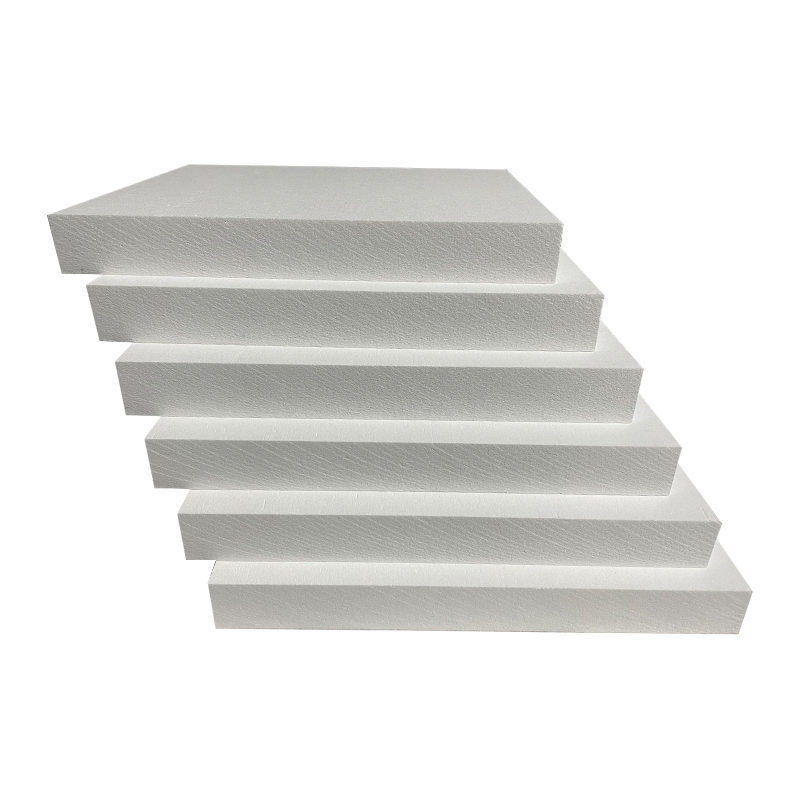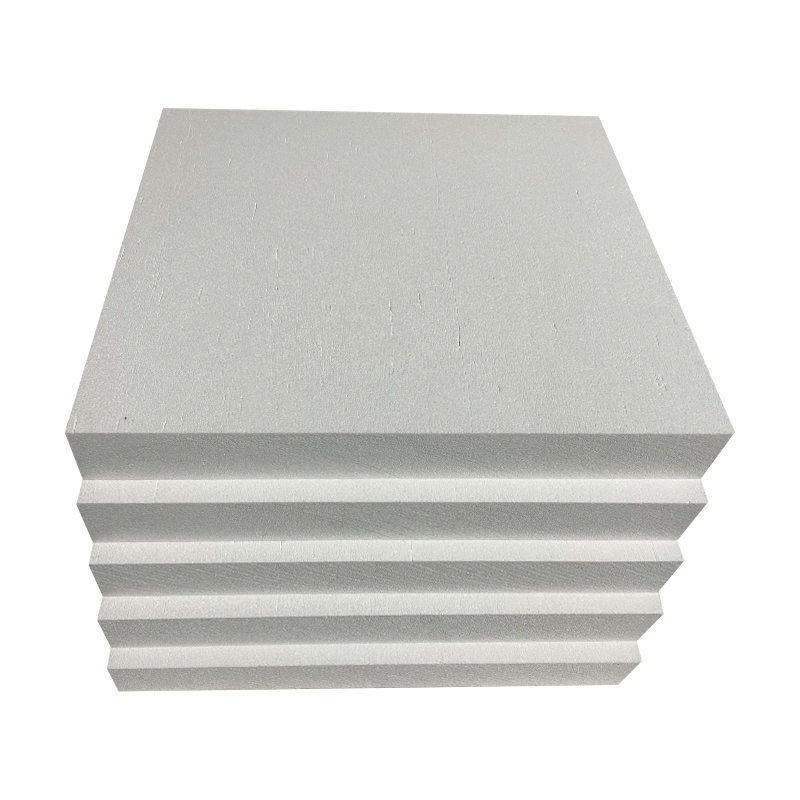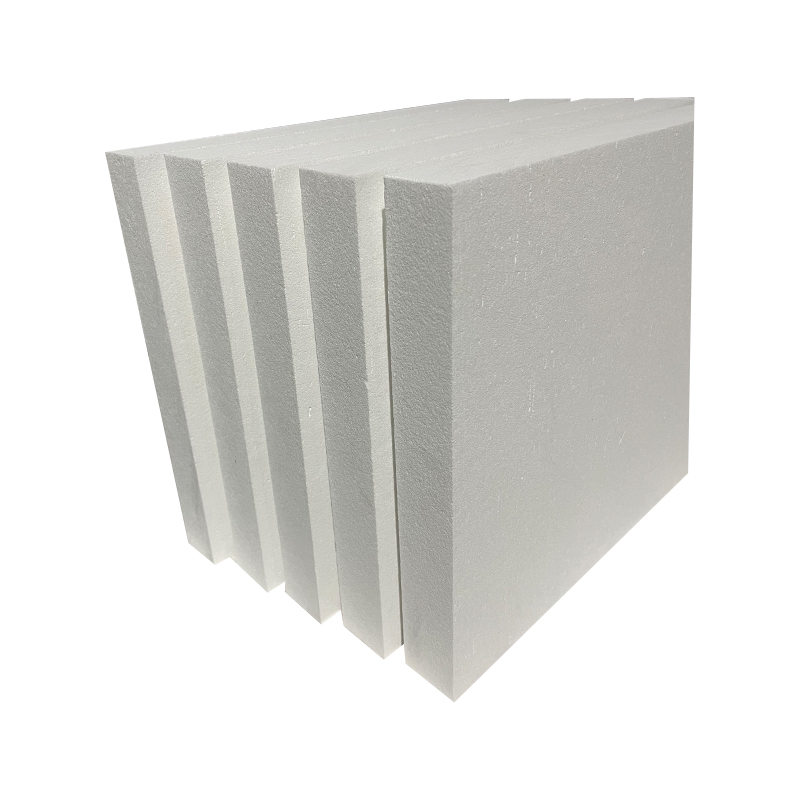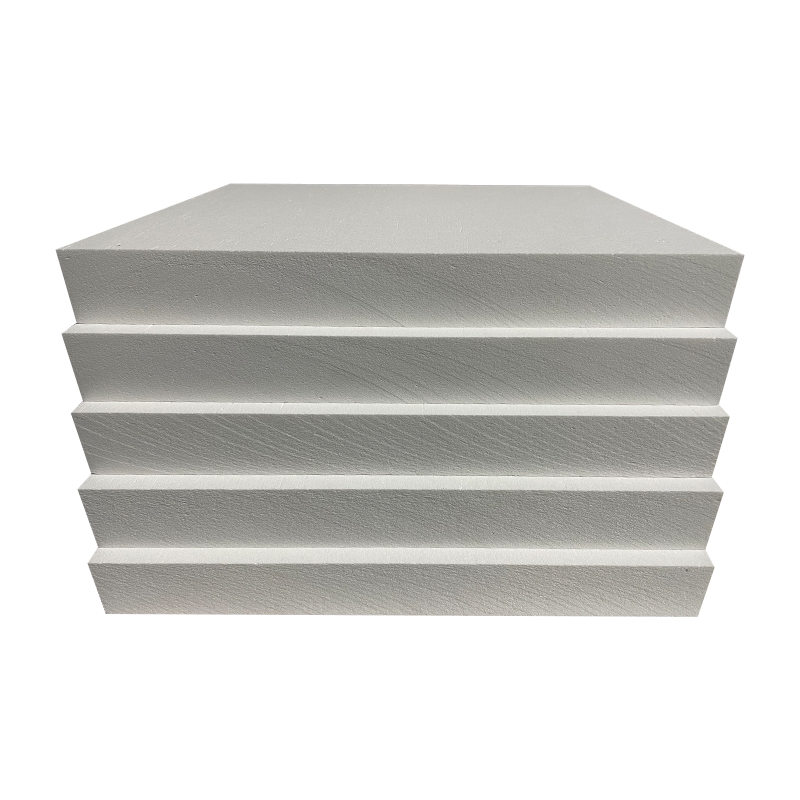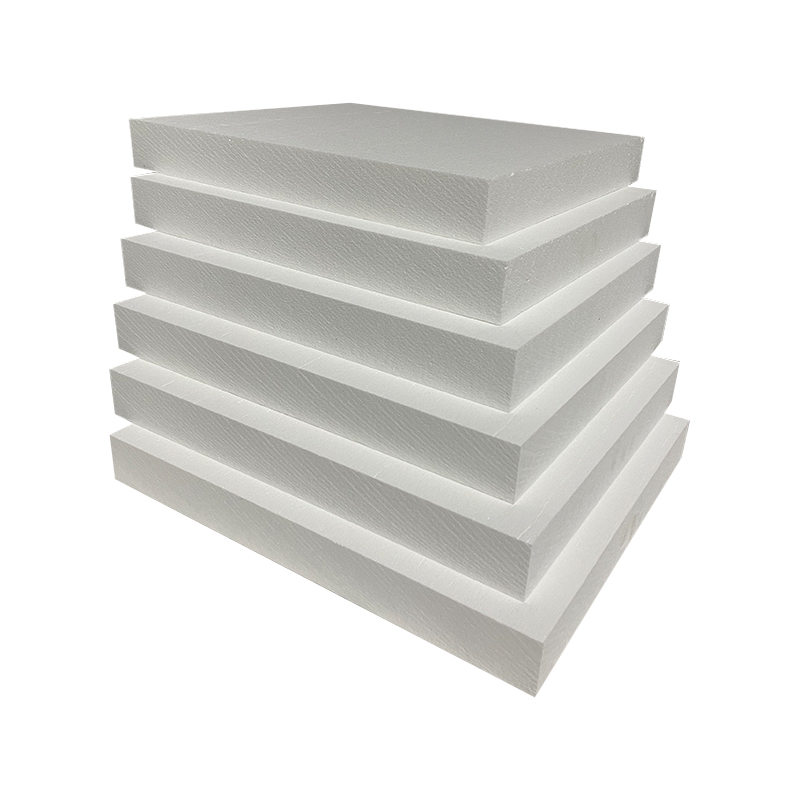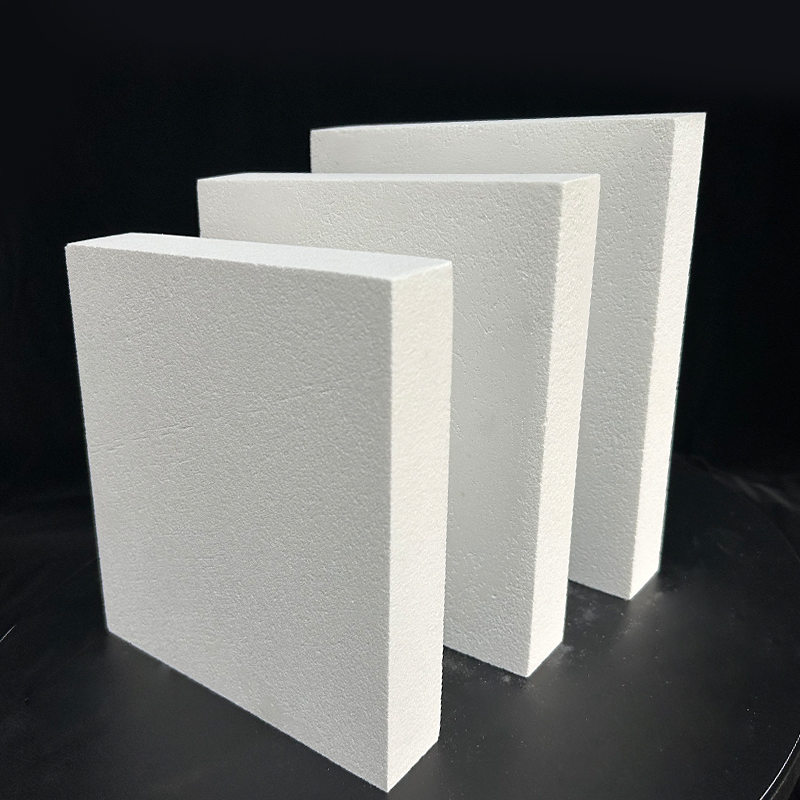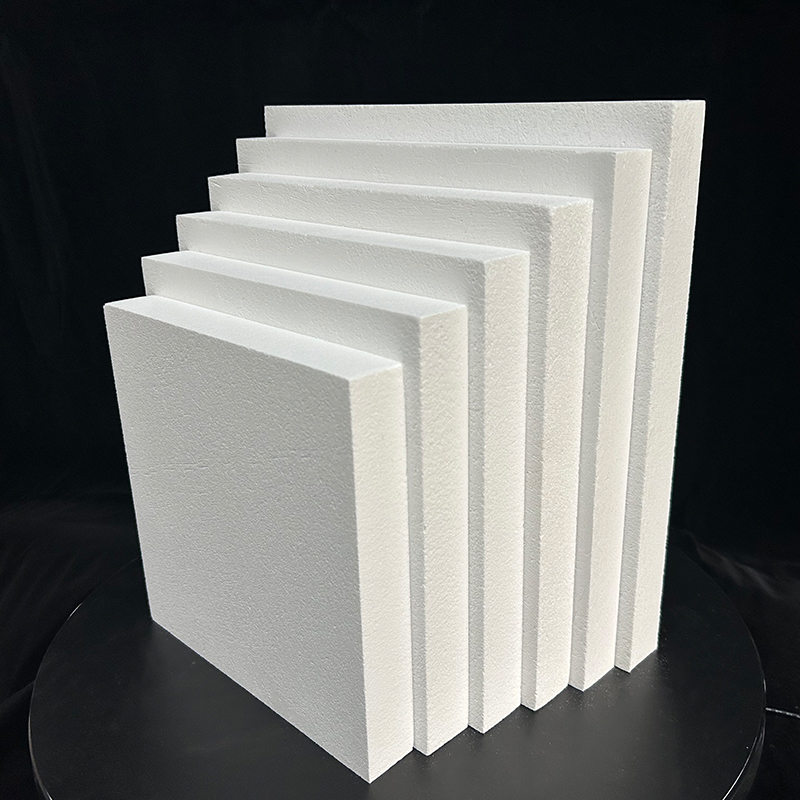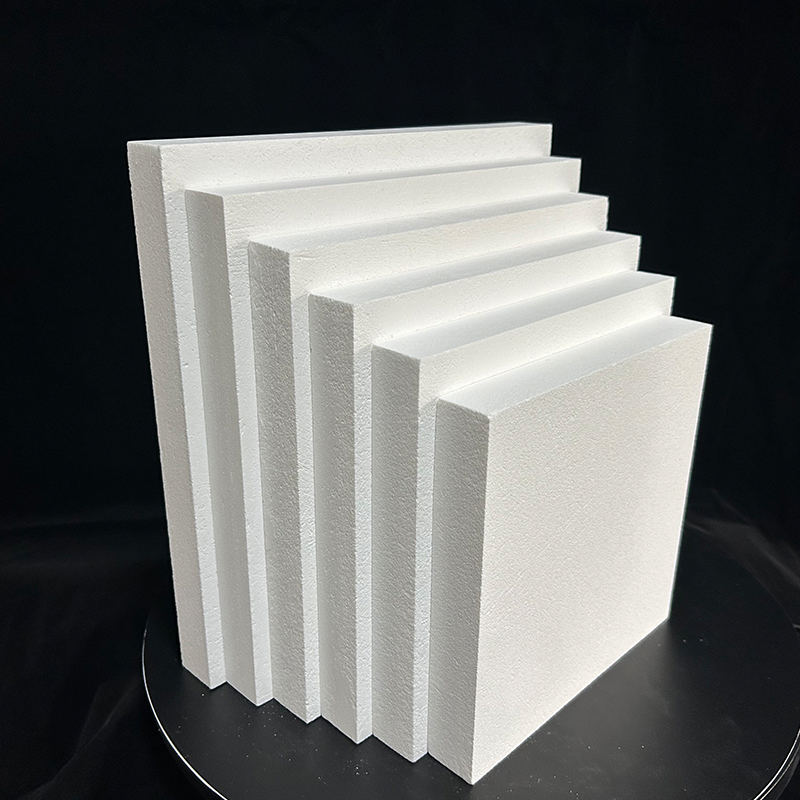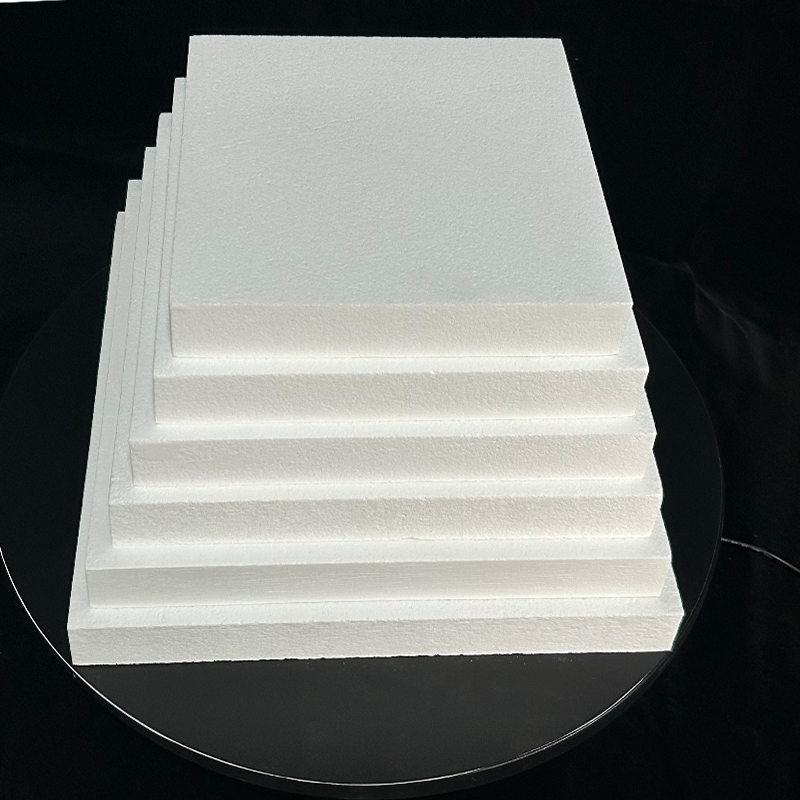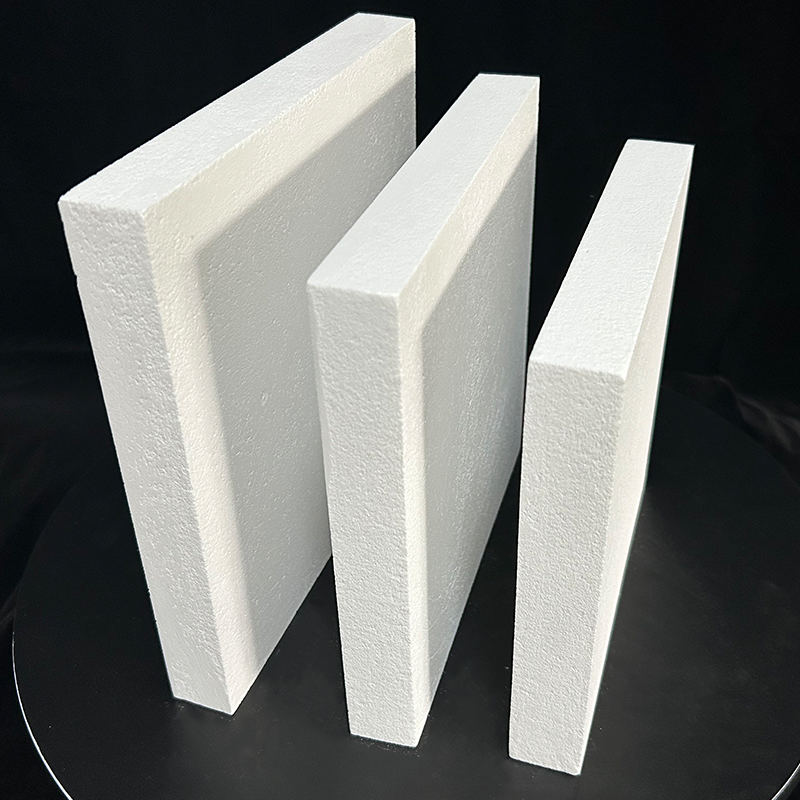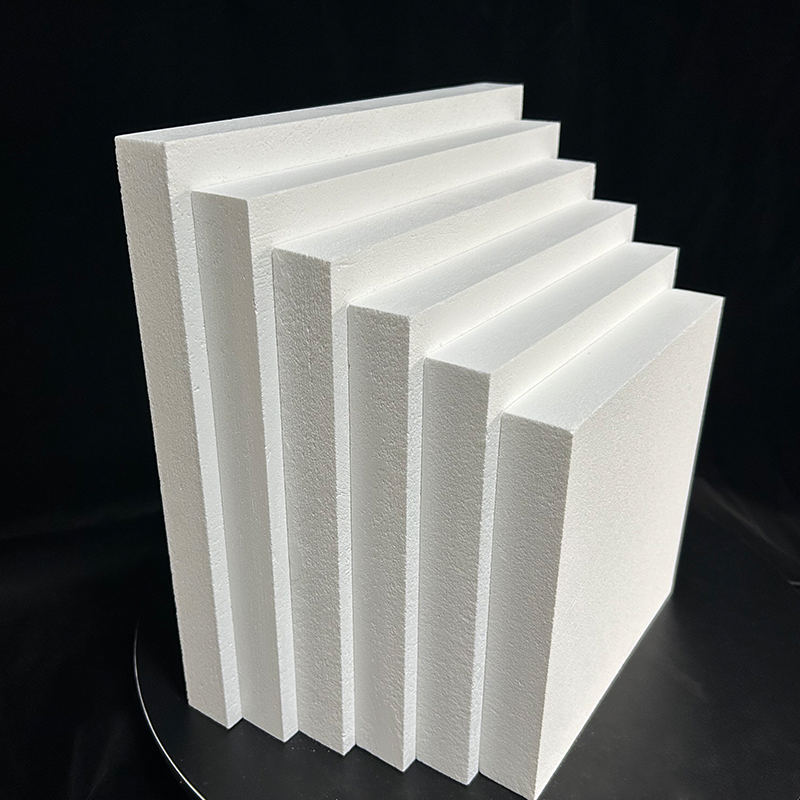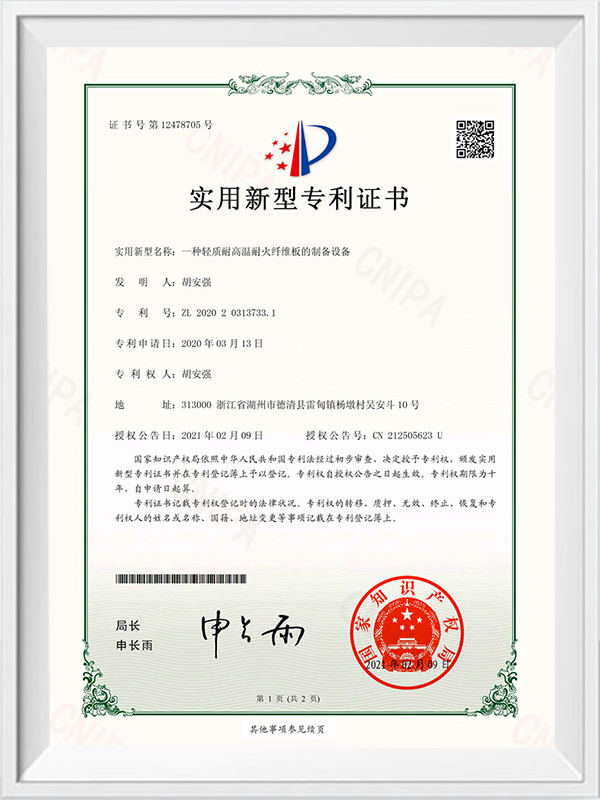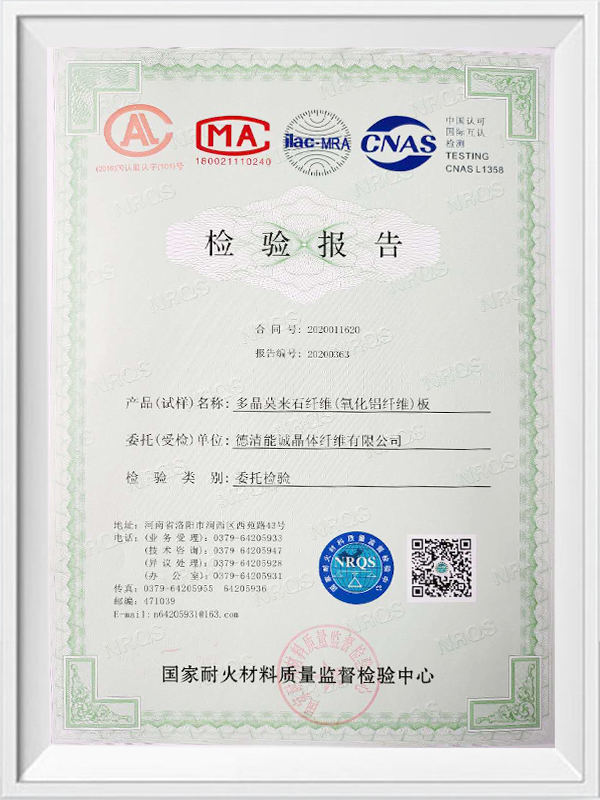
Alumina Ceramic Fiber Board
Introduction
NC Fiber Board is made of shattered cotton compressed together using inorganic adhesives by the wet vacuum suction filter process. With such advantages as low density and high intensity, the product has a wide range of applications, like as the hot surface of furnace lining to withstand the direct impact of flames and high-temperature gas glows.
Characteristics
High stability;
Low thermal conductivity;
Low thermal capacity;
Resistance to thermal shock;
Resistance to erosion;
Easy to process and cut;
High thickness precision and size precision;
Exceptional ability to withstand flames and gas flows;
Easy to install and convenient to use.
Application
Product parameter
|
Fiber Board |
NC1260 |
NC1350 |
NC1400 |
NC1430 |
NC1600 |
NC1700 |
NC1800 |
|
|
Classification Temperature(℃) |
1260 |
1350 |
1400 |
1430 |
1600 |
1700 |
1800 |
|
|
Density(KG/M³) |
300-600 |
300-600 |
300-600 |
300-600 |
300-600 |
450-700 |
450-700 |
|
|
Reheating Linearchange(%)(24H) |
≤1.5(1050℃ |
≤2.0(1100℃) |
≤3.0(1200℃ |
3.0(1250℃) |
≤1.0(1450℃) |
≤1.0(1500℃) |
≤1.0(1600℃) |
|
|
Flexural Strength(MPa) |
≥0.5 |
≥0.5 |
≥0.5 |
≥0.5 |
≥0.7 |
≥0.7 |
≥0.7 |
|
|
Lol |
≤5 |
≤5 |
≤5 |
≤5 |
≤6 |
≤6 |
≤6 |
|
|
Thermal Conductivity |
400℃ |
0.084 |
0.084 |
0.084 |
0.084 |
|
|
|
|
800℃ |
0.128 |
0.125 |
0.125 |
0.125 |
0.16 |
0.16 |
0.16 |
|
|
1000℃ |
0.176 |
0.174 |
0.174 |
0.2 |
0.21 |
0.21 |
0.21 |
|
|
|
Al₂O₃ |
45-49 |
52-55 |
54-57 |
44-48 |
72 |
78 |
83 |
|
Al₂O₃+SiO₂ |
98 |
99 |
99 |
82 |
99 |
99 |
99 |
|
|
ZrO₃ |
|
|
|
15-17 |
|
|
|
|
|
Other |
2 |
1 |
1 |
1 |
1 |
1 |
1 |
|
Note: The technical data determined by the testing standards used will, on average, fluctuate within a certain range; the data do not represent the product quality assurance data.
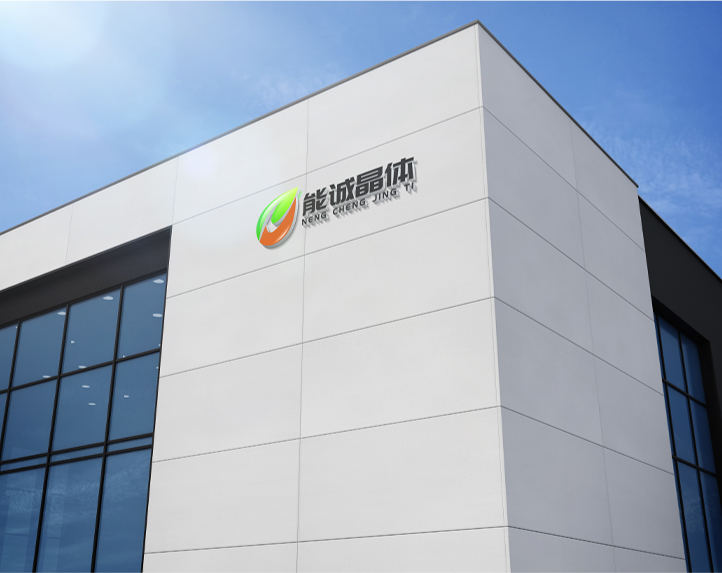

-
Overview: scope and practical intent This article explains the practical factors that determine the energy efficiency of Industrial heating elements operating continuously. It focuses on measurable variables (watt density, sheath material, thermal coupling), control and system integration, common sources of energy loss, and maintenance or design choices that improve long-run efficiency for furnaces, ovens, dryers, immersion heaters and inline process heaters. Element type, geometry and surface l...





 English
English Español
Español عربى
عربى